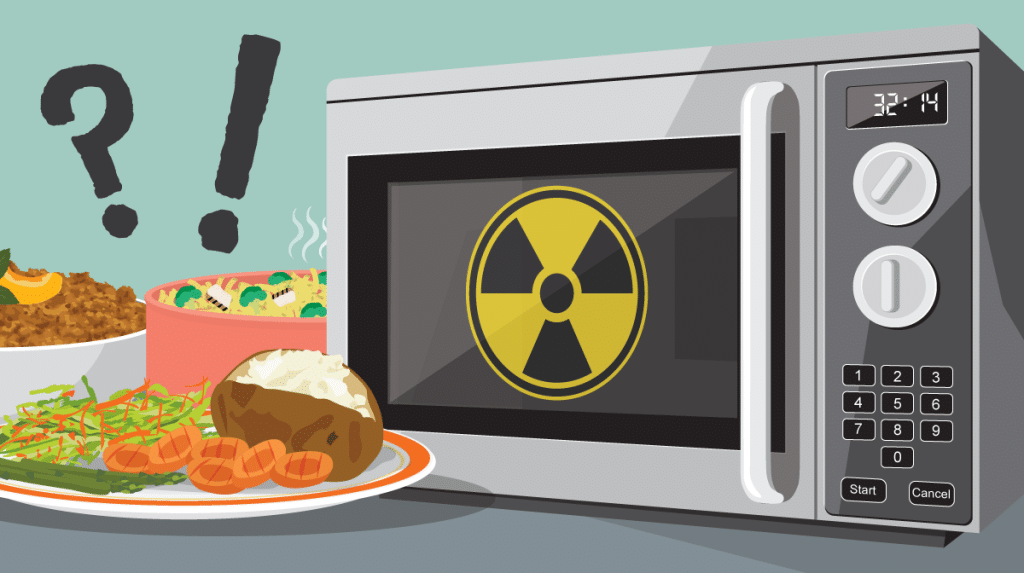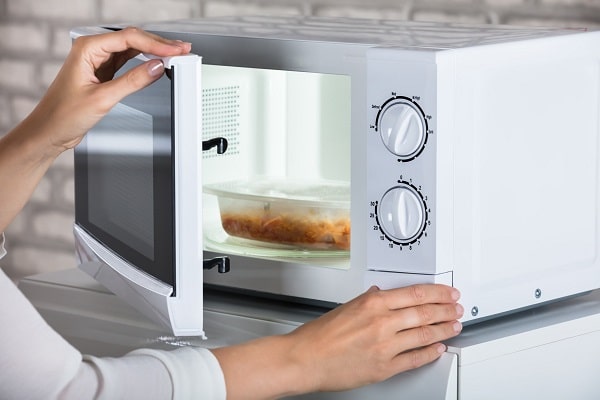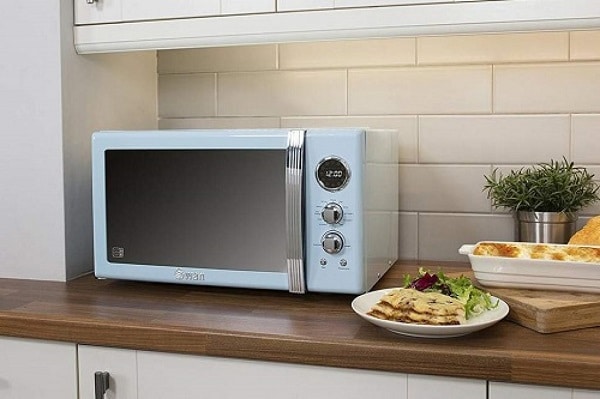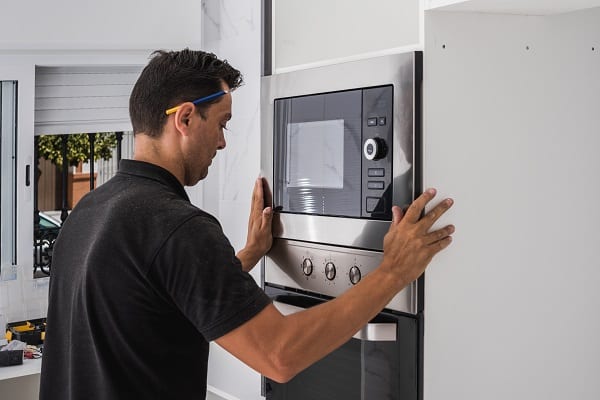Microwave technology, omnipresent in nearly every kitchen around the world, brings with it a cornucopia of myths and misconceptions. The time-saving convenience of these wonder machines remains overshadowed by numerous unfounded claims that can often induce unwarranted fear and hesitation. This post ventures to demystify these concerns, segregating fact from fiction, to shed light on the true nature and safety of microwaves.
Contents
Microwave Myths

Some myths surrounding microwaves have perpetuated for decades, causing undue anxiety among users. Delving into each myth allows for a better understanding of these machines, their operation, and the safety of the food they help prepare.
Microwaves Cause Cancer

It’s a widely held belief that microwaves can cause cancer. This myth stems from the misunderstanding that microwaves emit harmful radiation. In reality, microwaves emit non-ionizing radiation, which is incapable of altering the DNA structure of cells. These machines have been scrutinized by numerous scientific institutions worldwide, all of which have deemed them safe. Several studies back this, stating unequivocally that using microwaves does not increase cancer risk.
Still, the myth persists, with people fearing that exposure to microwaves could lead to cancer. The World Health Organization, however, emphasizes that the low-energy waves produced by microwaves do not have the same effects as the high-energy, ionizing radiation that indeed can cause cellular damage and cancer. The radiation produced by microwaves is simply insufficient to alter genetic material in any way.
Microwaves Destroy Nutrients In Food

Another common misconception is that microwaves eliminate all nutrients from food. This belief, however, lacks a solid foundation in science. Cooking methods inevitably affect the nutrient content in food, but this is true whether food is boiled, steamed, baked, or microwaved.
The key to preserving nutrients is to use the least amount of water and heat for the shortest period. In this respect, microwaves often outperform traditional cooking methods. They typically cook food quicker and with little to no added water, helping to retain more nutrients. Therefore, rather than destroying nutrients, microwaving food can sometimes even offer a nutrient-preserving advantage.
Microwaving In Plastic Containers Is Always Unsafe

The danger of microwaving food in plastic containers is another persistent myth. The concern arises from the potential for certain types of plastic to leach harmful chemicals, such as BPA, into food when heated. However, not all plastic containers pose this risk.
Numerous plastics are safe for microwave use. Containers labeled ‘microwave-safe’ have undergone rigorous testing to ensure they can withstand microwave heat levels without releasing harmful substances. Therefore, it’s not about avoiding plastic altogether, but about using the right kind of plastic—those marked as microwave-safe.
Microwaves Cook Food From The Inside Out

The belief that microwaves cook food from the inside out is another enduring myth. Microwaves do penetrate food, but they only heat from the outside. Microwaves emit waves that are absorbed by water, sugar, and fat molecules in food, causing them to vibrate and produce heat. This heat then cooks the food.
Contrary to popular belief, the microwaves don’t reach the center of most foods. The center is cooked by the conduction of heat from the outer areas inward. Thus, far from cooking food ‘inside out’, microwaves actually cook food much the same way as other heat sources do—outside in.
Microwave Facts

While it’s essential to understand the myths surrounding microwaves, it’s equally important to know the facts. These facts can empower individuals to use their microwaves more confidently and effectively.
Microwaves Are A Type Of Electromagnetic Wave

Microwaves are a type of electromagnetic wave, similar to radio waves and visible light, but are often misunderstood. Microwaves are on the lower energy end of the electromagnetic spectrum, emitting non-ionizing radiation. This radiation is enough to heat food but not enough to make it radioactive or harmful in any way. It’s a safe method of heat generation that has been in common use for over half a century.
Being on the low-energy end of the spectrum means microwaves are not powerful enough to alter the molecular or genetic structure of food, or the human body for that matter. They simply excite water, fat, and sugar molecules in food, causing them to vibrate and produce heat. This heat is what cooks the food.
Microwaves Are Energy Efficient

Microwaves have proven to be more energy efficient than traditional ovens. They use less electrical energy to produce heat and do so faster, leading to less energy consumption overall. This efficiency can contribute to lower electricity bills and a smaller carbon footprint.
Microwaves cook food directly, reducing the need to preheat and subsequently reducing the cooking time. This efficient cooking can save as much as 80% of the energy used by conventional ovens. Thus, using a microwave for smaller meals or reheating is not just convenient, but it’s also a smart move for energy conservation.
Microwaves Do Not Make Food Radioactive

One widespread misunderstanding is that microwaves can make food radioactive. In reality, microwaving food does not alter its composition in any way that can lead to radioactivity. As mentioned, microwaves use non-ionizing radiation, which is incapable of inducing radioactivity in substances.
The confusion may arise from the use of the word ‘radiation’ when referring to microwaves. However, radiation in this context simply refers to the energy that microwaves emit, which is a form of non-ionizing radiation that’s harmless to food and humans. The use of the term ‘radiation’ in this context is not synonymous with ‘radioactivity’.
Microwaves Are Safe When Used Properly

Microwaves are perfectly safe when used properly. It’s crucial, though, to follow safety guidelines and manufacturers’ instructions. For instance, only use containers labeled as microwave-safe to prevent harmful substances from leaching into food.
Similarly, one should never microwave metal or aluminum foil, as these can cause sparks, potentially leading to a fire. Also, ensuring the microwave is in good working order, without any damage to the door or seals, can prevent leakage of microwaves. Thus, safety in using a microwave is more about proper usage than about the device itself.
Conclusion
In conclusion, microwaves, a staple of modern-day convenience, are surrounded by myths that often undermine their utility and safety. An understanding of the facts about how microwaves work, their efficiency, and their safety reassures that they are indeed beneficial devices, not harbingers of harm. By debunking these myths, one can use microwaves with confidence and ease, enjoying the convenience they offer without unfounded fears.